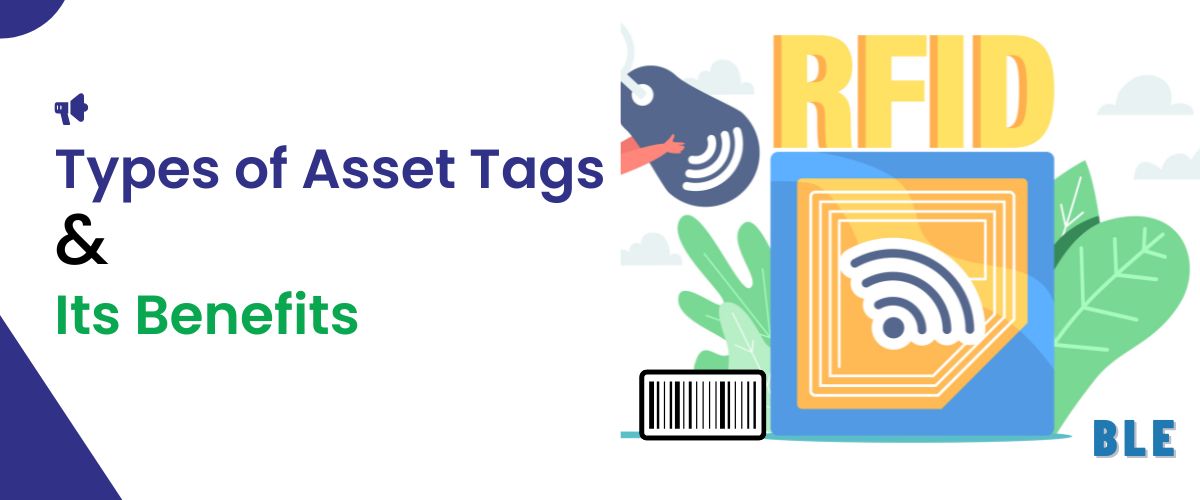
Asset tags and labels can help businesses in many ways like enhancing the accountability of valuable equipment, and tracking and monitoring important assets. Valuable items like computers, furniture, machinery, and tools are some of the assets tagged.
Types of Asset tags and Benefits
There are many types of tags that are listed below along with the benefits of each. some of which are traditional and others are the latest ones
1. Polyester Asset Tags
These assets are made with polyester material. These tags are highly durable and versatile for tracking a wide array of property and equipment. These are metallized polyester tags and these come with additional overlaminate abrasion protection and protection from solvents. Such asset tags are versatile to be used in both outdoor and indoor conditions. These tags are generally customizable and logos, asset ids, etc can be printed on them. These are cheap and easily replaceable.
2. Aluminum Tags
The Aluminium Asset Tags are used specifically for conveying information. These are typically used as nameplates, for product identification, equipment tags. These being made of Aluminium are much long-lasting. Also if there are any changes needed, one would need to redo or make a new one thus making it not very cost-effective.
3. Tamper Evident Asset Tags
These tags are used to ensure that the tags do not tamper as any tampering done on this tag becomes evident. These tags are useful for protection, typically from theft. These tags, when removed, leave a void mark on the surface pasted, making it obvious to the security personnel that the asset may be a company-owned.
4. Barcode Tags
The barcode tags have barcodes printed on them to identify the asset. These tags make it easy to access the asset information by scanning the bar code and retrieving all the details on asset tracking software.
5. RFId Tags
These tags are based on the RFID (Radio Frequency Identification) technology. The electromagnetic fields are programmed with information related to the asset. The RFID readers are able to read this information from the electromagnetic waves generated by these RFID microchips. Detailed information like serial numbers, and product information can be stored. As these pass through the scanners, they provide the information avoiding the need for any manual intervention. This saves on time and efforts of employees when monitoring the assets making it more convenient for keeping track accurately.
6. BLE Tags
These tags are based on BLE (Bluetooth Low Energy) technology. These tags are active tags i.e. they are constantly trackable. Though this is so, they consume very low energy. These are tracked using Bluetooth-based relays which transmit the signals to a central server. These signals help pinpoint the asset location. These tags also provide the ability to track assets in real-time with rlts.
Conclusion
The choice of the tags is based on multiple factors. One of the major hindrances in adopting new technologies like the BLE is that of lack of awareness and also a bias towards the beaten paths which seem to be cheaper and safer bets. There are many good ones like the Genio Asset Tags provided with Quicsolv’s Asset Tracking Software which can help change the way you track your assets.

